How to grow a pear tree: What to choose, how to look after it
Steven Desmond explains the mysteries of the pear – and suggests a few varieties who want to take the plunge and grow their own trees.
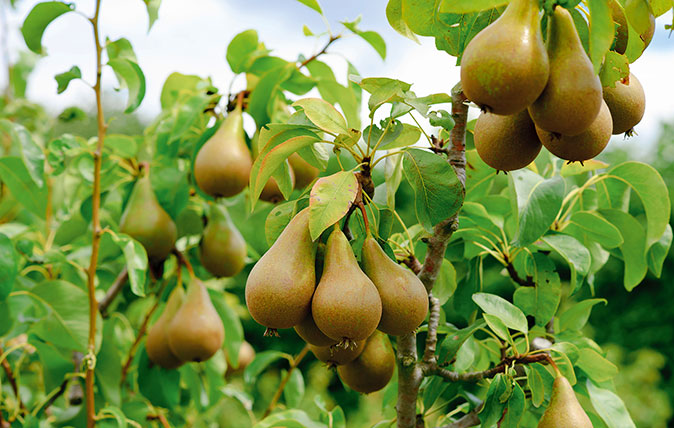

I sometimes think of the pear as a sort of Cinderella fruit in this country. Lots of people grow apples in their gardens, but the pear remains a footnote – something we might get round to one day and therefore don’t, yet they’re easy enough to grow.
Part of the reluctance derives from the fact that, whereas an apple can simply be picked up and eaten, the sight of a pear generates uncertainty in the human mind.
Edward Bunyard, the Edwardian fruit expert and epicure, who gave these matters more subtle thought than I will ever manage, thought that there was half an hour in the life of a pear when it was in a state of perfection. Before this, it was a stone; after, it was hairwash.
We’ve all eaten pears in both states or grimly regretted a particularly gritty specimen. As Bunyard put it: ‘The pear must be approached with discretion and reverence: it withholds its secrets from the merely hungry.’
When we’ve guessed right, however, all the doubts dissolve in that melting, tender juice, which I favour eating with a piece of cheese as an ideal balance. This all begs the question of which pear to choose, both for eating and for growing. I’m coming to that.
To see pears at their happiest, a trip to France is required. The Loire Valley is where they seem perfectly at home. Some of the best cultivars were bred there, including the ne plus ultra of all pears, Doyenné du Comice, which first saw the light of day in an Angers nursery in 1849. Bunyard spends three pages wondering how the first bite must have tasted on that famous day.
However, to spread your wings to their fullest extent, a visit to the Potager du Roi, the royal kitchen garden at Versailles, is the destination for the pear connoisseur. Here, dozens of cultivars are grown to perfection in every conceivable trained form in row after admirable row.
Sign up for the Country Life Newsletter
Exquisite houses, the beauty of Nature, and how to get the most from your life, straight to your inbox.
Each October, the fruits are displayed side by side on benches, labelled with name and eating characteristics: firm or fondant, the degree of perfume, how juicy, how sugary and so on. It’s spellbinding.
On the way back, you should look in at the National Fruit Collection at Brogdale Farm in Kent, where you can spend yet more time sniffing and slurping.
You can’t grow them all and some aren’t worth bothering with. I also think there’s little point in growing pears you can readily buy in the shops, such as Conference, Concorde and even lovely Comice. Better by far to indulge in the pleasure of research, both from the flavour and texture point of view and from that of practicality.
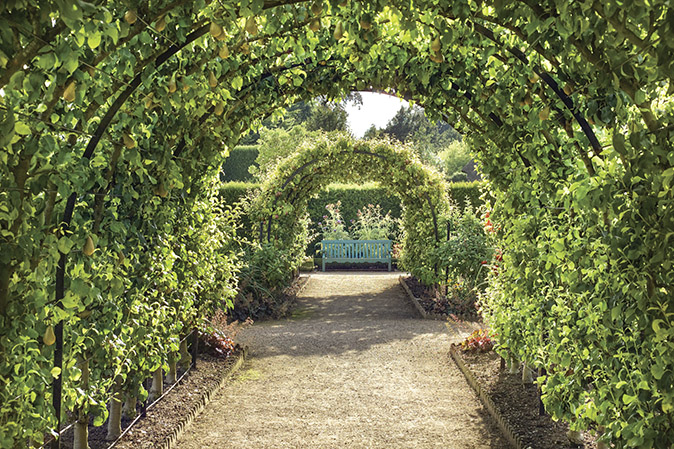
Gradually, you’ll come down to a list of cultivars you enjoy and that will do well in your garden. I have a few particular favourites to start the ball rolling.
I recently discovered what a good pear Bristol Cross is and I very much enjoy Louise Bonne of Jersey, which started life as Louise Bonne d’Avranches.
Anything with Beurré in the name is my cup of tea: buttery is just the texture I’m looking for. There are plenty of fruit nurseries online that carry a good range of cultivars and those excellent people at Brogdale will gladly graft any of their immense collection for you.
The form of the tree is another important consideration. The sensible way to grow it is as a trained tree, probably against a reasonably warm wall, facing west or south.
Buy it grafted onto Quince A rootstock, which will control the vigour of growth to just the right extent. You can buy it as a maiden and train it yourself – which isn’t difficult and is very enjoyable – or get it ready-trained.
The form in which you train it is worth debating. An espalier always looks lovely, especially in late April when the flowers illuminate the pattern, but there are many alternatives.
You could go the whole hog and try the three-dimensional Lorette system, as displayed in the magnificent kitchen garden at West Dean, near Chichester, if you become obsessed. These things do happen.
Whichever method you opt for, be patient. We plant pears for our heirs. The tree will take a few years to come into bearing.
If you’re in a rush, we part company at this point. Pears are worth the wait. Approach the subject with discretion and reverence and the prize will be yours.
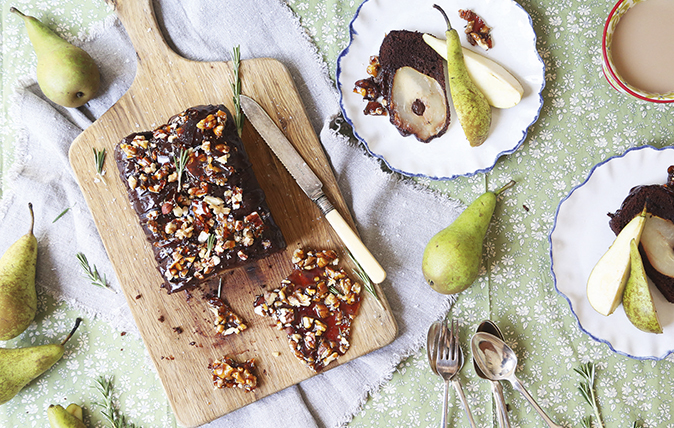
Pear, chocolate and chocolate-ganache loaf with pecan-and-rosemary brittle
This delicious pear-and-chocolate loaf is the perfect autumnal treat.
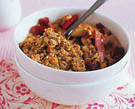
10 ways to spice up your crumble topping recipe
Add one of these ten tasty extra ingredients for a delicious crumble topping with a difference, whether you're cooking with
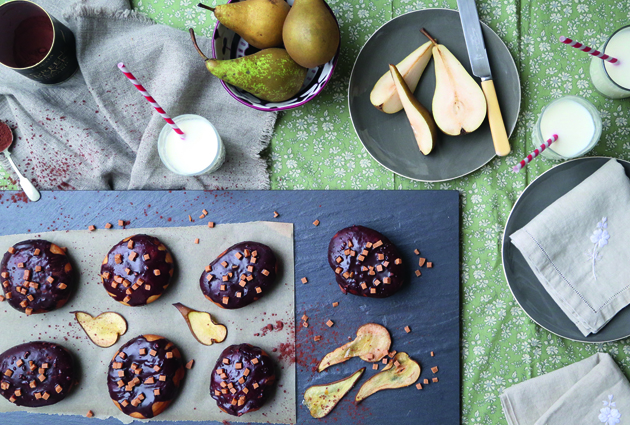
Pear-and-chocolate doughnuts with fudge pieces
This recipe makes the lightest and fluffiest doughnuts that our kitchen garden cook has ever tasted.
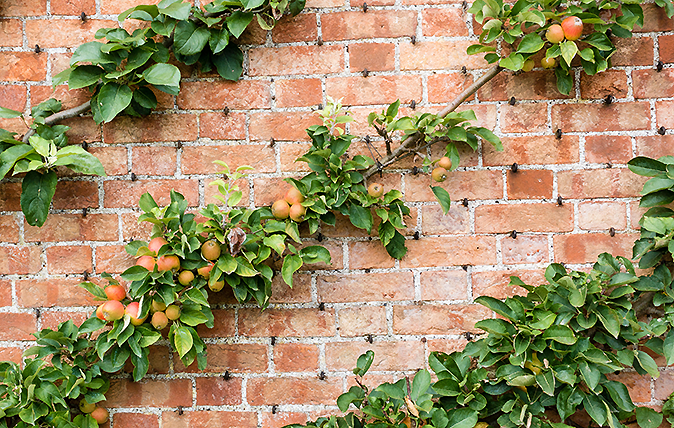
Credit: Steve Taylor ARPS / Alamy Stock Photo
How to get the best out of the apple and pear trees in your garden
Tom Coward, the head gardener at Gravetye Manor, talks about how to get the most out of your fruit tress
Country Life is unlike any other magazine: the only glossy weekly on the newsstand and the only magazine that has been guest-edited by HRH The King not once, but twice. It is a celebration of modern rural life and all its diverse joys and pleasures — that was first published in Queen Victoria's Diamond Jubilee year. Our eclectic mixture of witty and informative content — from the most up-to-date property news and commentary and a coveted glimpse inside some of the UK's best houses and gardens, to gardening, the arts and interior design, written by experts in their field — still cannot be found in print or online, anywhere else.

